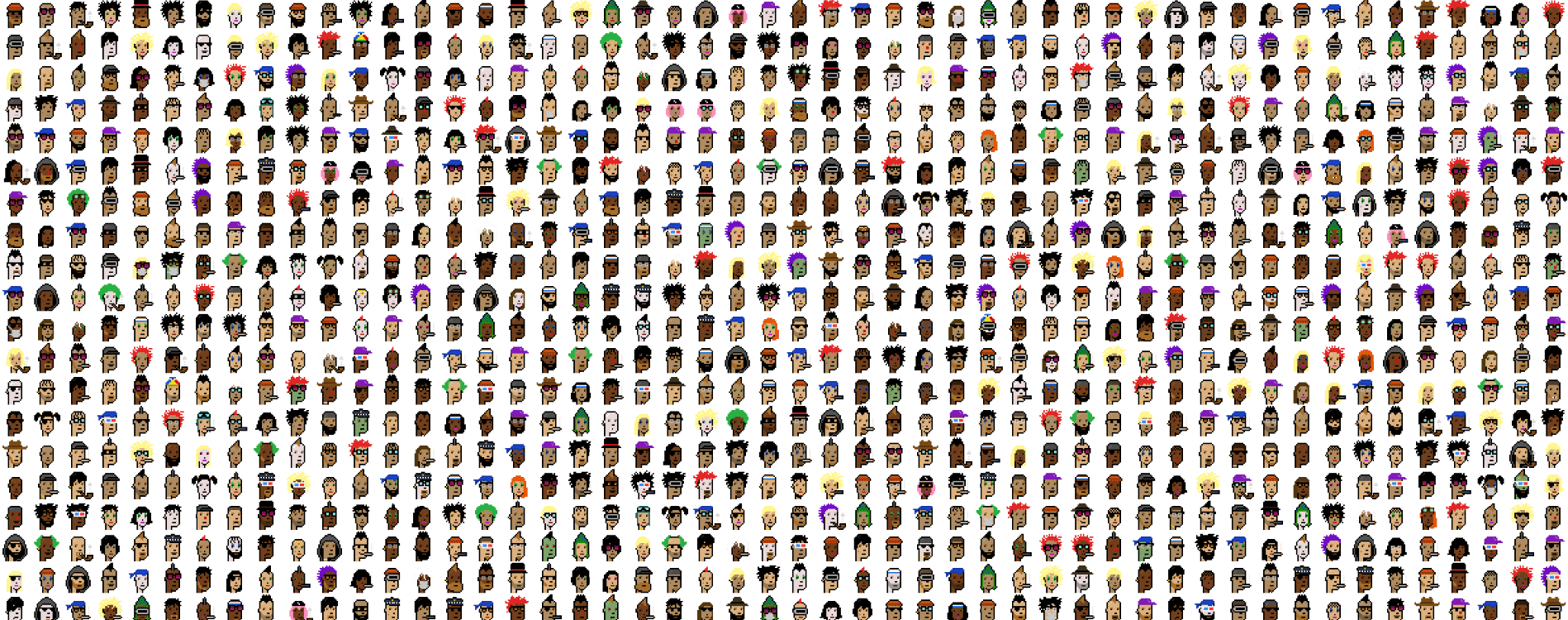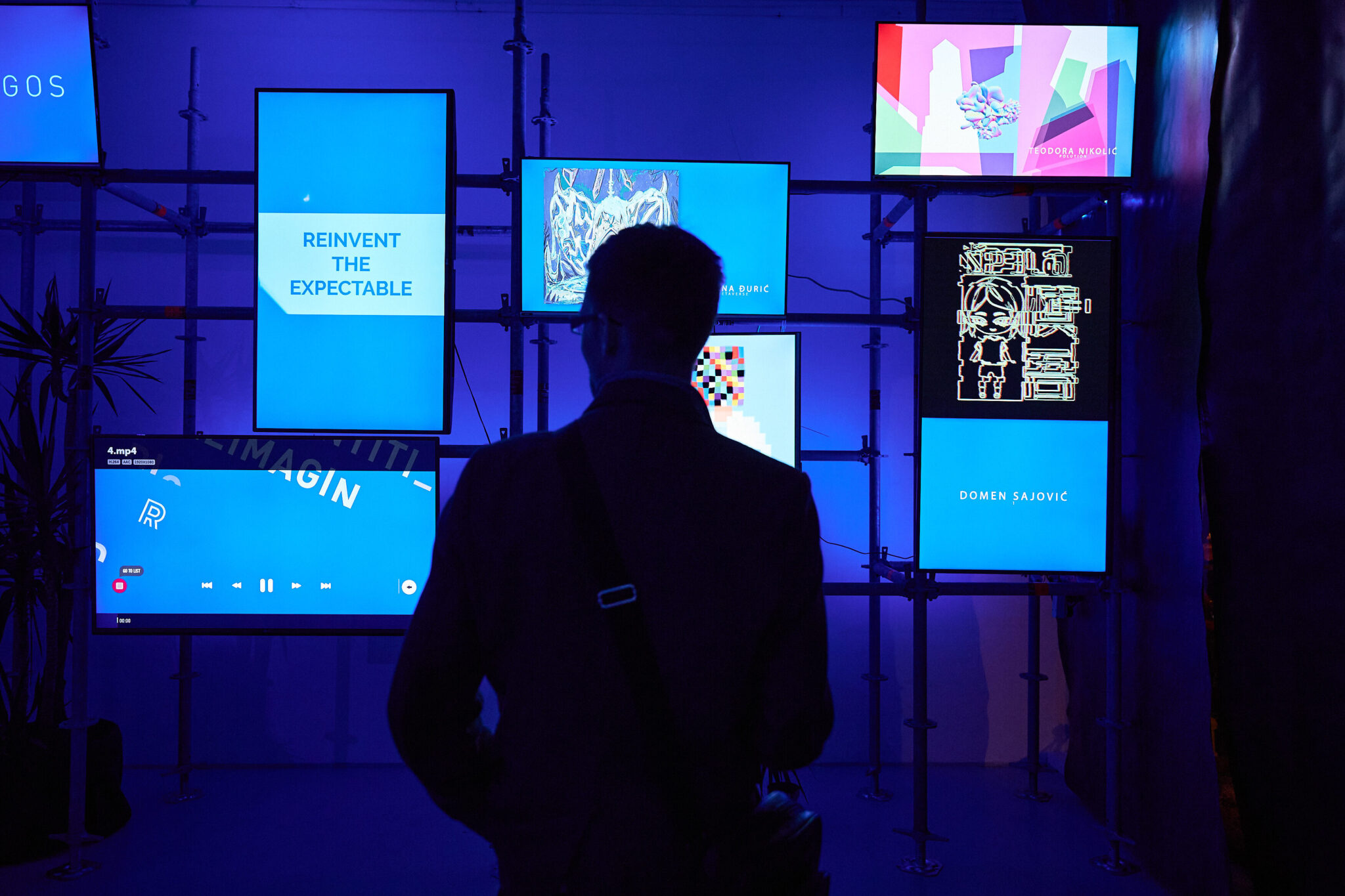
How to launch your NFT Collection
As someone new to the nft space, you may be wondering, “How can I launch an NFT collection?”.
Starting an NFT collection for the first time could be scary and challenging, especially when putting yourself out there publicly while doing it.
And NO, there is no secret recipe and a magic wand for the blue-chip collection, but there are several valuable pieces of advice we will talk about that could help you.
With NFTs approaching the mainstream, it is getting harder for new NFTs collections to stand out from the crowd.
There is a wide range of those “infected” with NFT fever, from car producers Alfa Romeo and Hyundai to the NBA and Disney. And alongside these big players, NFT collections by artists, developers, and creators of all kinds are thriving and seeing significant success.
There is so much to do if you try to go this way: First of all setting up your metamask wallet and have some ETH/MATIC, creating separate traits for artworks, generate all that parts to get 2k,3k,5k or 10k unique artworks and metadata, choosing Blockchain network, creating smart contrasts and deploying it.
It would help if you didn’t forget to create a website, Twitter account, Discord server, and an OpenSea Collection.
Sounds too much? Well, it is, so you should consider onboarding more team members.
Every successful collection has various profiles: artists, developers, marketers, and designers. Of course, if the project goes wild, you can always bring some new muscles.
Anyways, if you are still determined to dive into the NFT world let’s talk about the tasks you will face on this exciting journey.
#1 Storytelling
The power of storytelling is a mighty weapon from back in the day when people were sitting gathered around the fire and chatting about hunts and cave drawings. Later, radio and the internet took the storytelling and grouped people around exciting content. Nowadays, NFT projects create communities that represent a group of like-minded people getting together around the same narrative.
First, you should define the story around your project and answer the question: Why should people buy my NFT
Answering that question should bring you closer to your potential audience and help them understand your plan.
A good way to start is by asking yourself:
- Why are my NFTs significant
- How are they different from the other NFT
- What additional value do they provide to users
- How exclusive are they
The Collections that accomplished this task could possibly establish themselves as blue chip collections. Of course, this is not the main reason for their success, but it had a huge impact.
Today there are a lot of projects with narrative and future promises for the community that are not so achievable, and these collections mostly end up as rug pull.
When we talk about success stories behind the NFT collections ( Azuki, BAYC, Moonbirds, etc.), we should emphasize that these collections have a roadmap that details their future and what they would give back to early buyers. It had a professional website and was committed to creating benefits for an exclusive community from the outset. They made a world that people could only join by buying their NFTs.
This story, voice, and vision are what captured people. And the commitment to the idea and community drove continued value.
# 2 Artwork
If you are going to create an artwork by yourself, there are lots of software for drawing on the market, but two are the most used and, sincerely, these are the best tools for any art creation. Yes, you know that I am talking about Illustrator and Photoshop. But, as I mentioned above, it is always good to have an artist (designer) on your team who will transform your story into artwork.
When creating an NFT of any sort, it is essential to know what your final NFT will look like. If we talk about computer-generated art, you need to start with artwork with several components that can be combined to form a unit.
Moreover, you need to decide if there is a particular component or combination of elements that we want to be rarer than the other. That is the point where you enter the door of setting a rarity model for each NFT in the collection.
The Rarity model refers to how rare the NFT from the specific collection is. All NFTs have different combinations of traits, thus being unique. While the combination of traits is different, one trait can apply to many NFTs. So, NFTs with uncommon traits are likely to have a higher rarity ranking.
It’s good to note that an NFT’s rarity ranking is not determined by one special trait alone, but by the “uniqueness” of all its traits combined.
Creating Trait groups
A distinguishing quality or characteristic is called a trait. Every little detail: eyes, nose, lips, expressions, the clothes that you’re wearing, the accessories you carry, all combine to make you look how you do. Therefore, these can be classified as traits. The rarity level depends on it.
Generating Unique Artworks and Metadata
The most famous tool used in the NFT industry for creating generative artwork is called HashLips. This engine makes every possible combination or as many as you would like out of your premade layers or traits. HashLips has also added a photoshop script version similar to the original code but much easier and more straightforward to use. You can add metadata to whichever option you choose to make a generative collection. So once you upload it to any NFT marketplace, it will automatically recognize the difference in traits and show rarity based on each layer. Of course, you will have to take care of further manipulation if you want to purposefully make some layers rarer than others and be clever in generating your collection.
# 3 Content Storage
Artworks and metadata could be stored on-chain, off-chain or via centralized data storage.
According to the analysys 9% of NFT projects had their data stored entirely on blockchain, 55% had their data stored on HTTP (centralized storage) and 36% had data stored via IPFS (decentralized file storage protocol). On-chain refers to an NFTs whose content is stored entirely on the blockchain.
Decentralized storage has established itself as the best solution in Web 3 space. Centralized solutions are not recommended because if a company or server goes down, everything will be lost. On the other hand, storing content On-chain could be prohibitively expensive so NFT projects mostly decide to keep their data safe off-chain.
IPFS – InterPlanetary File System is used in distributed file systems to store and share data. It is most similar to Torrent but for the web – the files are not hosted in a single location but by anyone who has a copy and wants to host it.
IPFS is free to use but uploaded files on IPFS do not ensure permanence. To ensure that data is saved in multiple places, it is highly recommended to use pinning services or some of the permanence tools like Arweave, File Coin, and Pinata.
Napravimo baner ili CTA sekciju direktno na sajtu “zakazite besplatan konsultanski poziv” sa interaktivnim dugmetom gde se klikom na njega pojavljuje pop up forma. Ovo ponovimo na nekoliko mesta.
# 4 Blockchain Selection, (Ethereum or Polygon)
Ethereum blockchain has been a “safe house” for most NFT projects during the past few years. There is a dominance of Ethereum when it comes to the market of digital collectibles as it has been the first platform that provided a way for NFTs. Due to this, developers have been using it as the first preference for creating digital assets.
On the other hand, there are a lot of gas fees associated with Ethereum. With higher demand and during busy times, gas fees increase, so it is advisable to mint during the slower times of the day.
Polygon comes on the scene as Ethereum’s younger brother and aims to provide solutions to its most significant problems. Polygon has already proven that lower gas fees combined with high transaction processing is achievable and established itself as one of the three most popular blockchains in the NFT ecosystem.
If you genuinely believe in your NFT collection and do not assume it will be sold to the last piece, or if your total supply of NFTs is low, you should stick to Ethereum. Otherwise, if you want to save some money, you will choose Polygon.
One is for sure; you won’t regret choosing Ethereum or Polygon. They are certainly the best solutions for your future NFT project.
# 5 Smart Contract Development
A smart contract is programming that exists within the blockchain. It enables the network to store the information that is indicated in an NFT transaction.
Once done, this information can be accessed when needed. The smart contract also ensures that the data stored is transparent and immutable.
You can identify a similar solution if it exists (smart contract related to some other project) and use it (fork it), or you should consider creating your own by using Solidity.
The next steps:
- Prototyping proof of concept in Solidity to verify the idea
- Writing the contracts and tests
- Deployment to testnet, testing, and gas optimization
- Internal or external auditing
- Deployment to production
Metadata structure and integration is also an important thing to think of. The NFT metadata will be the input of your NFT smart contract, which you will deploy on the Ethereum or Polygon network.
Metadata often contains the following:
- NFTs name
- Description of the NFT
- Link to the hosted image
- Traits
More things you should take into consideration when you come to this part:
Minting (lazyminting, pre-mint):
- Lazy minting refers to how you would like your NFTs to be minted. Are the users going to pay for the gas, or would it be on the project’s side?
- Gas efficiency methods (Azuki implantation) consider minting multiple NFTs in a single transaction for the exact cost of minting a single NFT.
Whitelisting:
How and which users will secure the ability to mint an NFT on the launch? There are a few options:
- Using communication channels and bots.
- Integrating 3rd party services for it.
- Airdropping different types of early adapters with whitelist tickets.
Tokenomics and DeFi functionalities:
- Collection supply
- Staking functionalities (yield farming)
- Correlation with ERC20 token
- Burn mechanism
Governance & Voting Options
- DAO implantation (on/off the chain)
- Governance contract
- Multisig implementation
- Proposal guarding mechanism
- 3rd party services integration (Snapshot)
- UI
Royalties
- Royalty implementation type (EIP-2981, Opensea, Superare),
- Royalty splitting
- Royalty transfer
Tokens reveal
- The way we are going to distribute each token to its owner.
- Randomization solutions.
- Minting a thumbnail NFT with a token revealing after it.
Token listing
How and where we are going to list the tokens:
- Marketplace
- Custom UI,
- Launchpad
Auctions mechanisms
The way that NFTs are listed:
- Fixed price
- Once per day
- Timed auction
- Dutch auction
# 6 Creating a NFT minting Website
When it comes to any NFT project your minting website is one of the most important pieces to ensure that you will have a successful NFT drop.
It’s a so-called DApp that allows you to access your smart contract and mint NFTs.
Beyond high gas fees website crashes are a key threat to prepare against when releasing high demand NFTs.
This must be well established and prepared for traffic surges that NFT drops would lead to.
Besides minting function, your website should also contain:
- FAQ section – Document that provides answers to a list of typical questions that users might ask regarding NFT project
- ROADMAP section – This is not essential for a successful NFT project, however it does demonstrate that the following team has a longer vision for the project.
An NFT’s roadmap explains the events, features, and future updates to expect from an interesting NFT project. It details the exciting offers that the NFT owners will enjoy by being community members
# 7 Keeping Community alive
Discord Server
Discord Server is an extremely useful tool for upcoming NFT projects in order to organize a community and share with them all important news.
It allows you to have your community in one place to make announcements, provide updates, and have direct conversations with your consumers.
Most importantly, you can build a community in Discord. Not only can you communicate directly with people (and vice versa), but people can talk directly to each other in feeds.
If you’re searching for a way to reach out to potential customers for your NFT or Crypto products, Discord would be a great place to start.
As your Discord server grows, you cannot manage it on your own. In this case, you will be hiring several moderators, but choose carefully before hiring. And don’t give them important role permissions right after hiring.
There are a lot of spammers and malicious people so you should be very watchful when you start to delegate the roles.
Twitter Account
Twitter could also be a mighty tool for keeping your community alive and mostly comes 1 or 2 months before NFT drops.
Twitter Spaces has emerged as a great method of establishing your brand voice and broadening your reach on Twitter through the audio-based platform.
When you have an NFT project, the goal is not only for as many people to know about it as possible but for you to be positioned as an authority or leader in your space.
It brings many benefits when you are creating and participating in conversations in the NFT space, as this brings eyes and credibility to your project.
When you have an NFT project, you need to know what your audience is thinking. In order to meet the needs and wants of your user, you need to know exactly what those needs and wants are. You need to understand your audience’s desires and what they like and dislike.
Experiment with several methods of promotion, then pick the ones that work best for you and put them into action. May your NFT Collections reach as many people as possible, and may the outcomes continually exceed your expectations!
# 8 Conclusion
NFTs enable new markets by allowing people to create and build upon new forms of ownership.
These projects succeed by leveraging a core dynamic of crypto: A token’s worth comes from users’ share agreement — and this means that the community one builds around NFTs quite literally creates those NFTs’ underlying value.
And the more these communities increase engagement and become part of people’s personal identities, the more that value is reinforced.
This is a guide on how to create a successful NFT launch, rather than a recipe for guaranteed success. The experience you gain from engaging with NFT communities will do far more to positively affect the success of your project.
A successful NFT Collection launch could be a hell of an exciting journey. At the same time, this process requires quality technical knowledge, market understanding, and a broad spectrum of different activities involved.
Maybe you have a great idea; perhaps you think: I can do this alone. That is cool, and You should go for it.
A great idea is nothing without quality execution. NFTizer, a prominent tech provider, brings to the market a unique model of the end-to-end development process and knows how to create additional value for your collection.
Let’s schedule a free consultancy call and convert your idea together into a blue chip NFT project.


